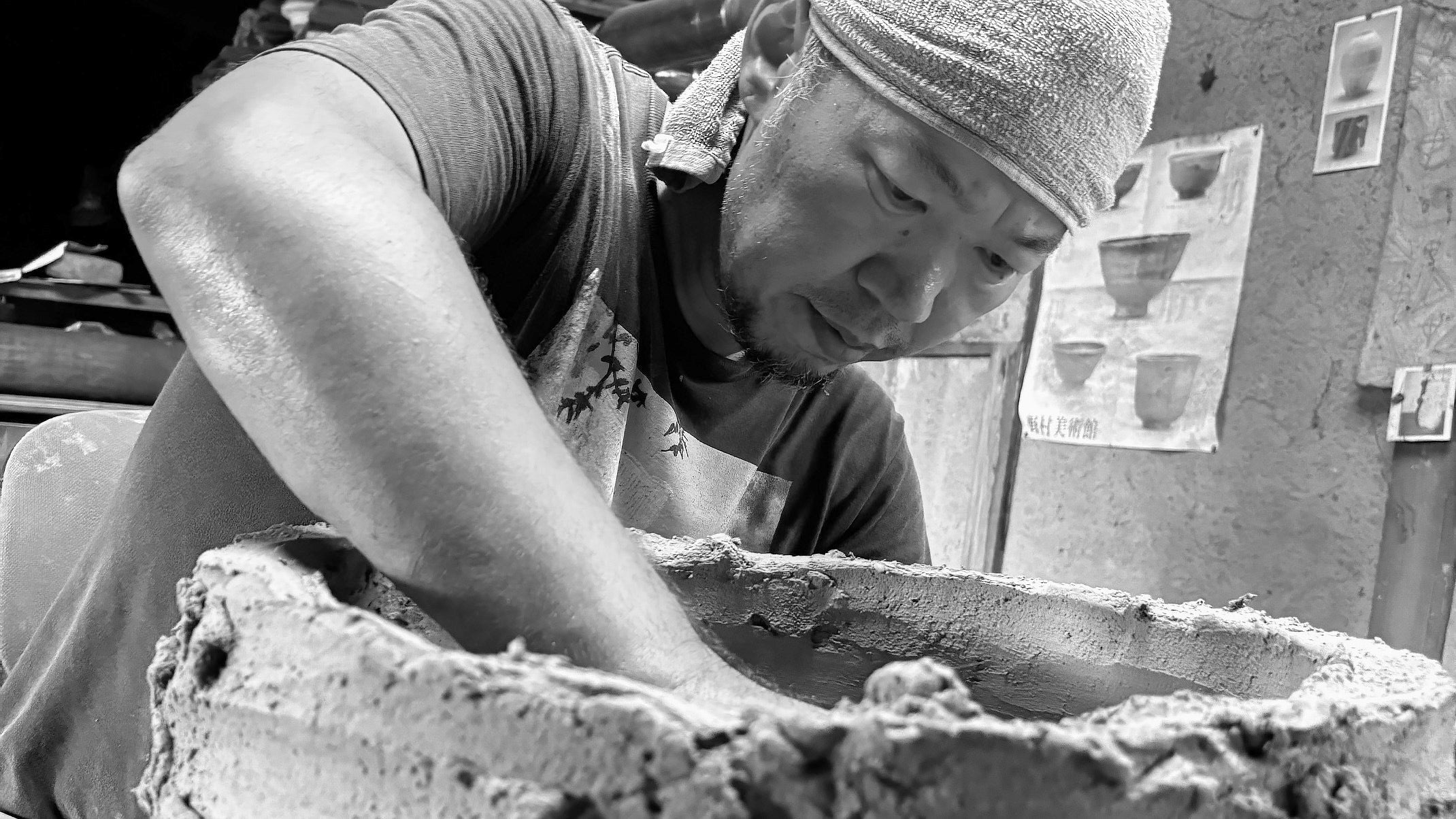
Fukushima Kazuhiro: At the Crossroads of Tradition and the Avant-Garde
Written by Team MUSUBI
Iga ware is said to have originated between the late seventh and early eighth century around the present-day city of Iga in Mie Prefecture. Formed from the highly refractory clay of the ancient Lake Biwa basin, it has followed one of the most distinctive trajectories in the history of Japanese ceramics.

In the late sixteenth and early seventeenth centuries, during the Momoyama period, Iga ware came under the influence of the warlord and tea master Furuta Oribe. Works that embraced distortion, scorching, and ash deposits as part of their beauty emerged, giving rise to masterpieces of tea ceramics. These creations, known today as ko-Iga, are still regarded as the pinnacle of Japanese ceramics. Although Iga ware later declined, it saw a revival in the mid-eighteenth century, when potters began producing not only tea utensils but also daily-use items such as earthen pots and single-handled yukihira pots, taking advantage of the clay’s refractory strength. By the twentieth century, new-generation artists once again began seeking fresh forms of expression in Iga clay.

Today, Fukushima Kazuhiro, the eighth-generation head of the long-standing Mukai Kiln, is one of the most closely watched figures in the world of Iga ware. His works embody a glassy green vidro glaze, the rugged vitality of earth, the disruptive beauty reminiscent of ko-Iga, and forms that seem to speak directly to the hand. Standing on the front lines of a centuries-long tradition, Fukushima continues to pursue his own vision of ceramic expression.

Table of contents
Clay, Intuition, and a Teacher Who Changed Everything
Mukai Kiln, located in Marubashira, the heart of Iga ware, has been operating for over three centuries. Although born the eldest son of the seventh-generation master, Fukushima recalls that he had no intention of taking over the family business.

“By the time I was in middle school, I was helping at the family kiln, and it was enough to show me how demanding the life of a potter could be. Firing meant tending the kiln for four straight days, feeding wood every five to six minutes, and hauling clay that weighed 20 kg (44 lb). I remember thinking, ‘What a grueling job.’”
At the same time, Fukushima felt a deep desire to devote his life to something he could pursue wholeheartedly. After high school, he spent time searching for a path of his own. At age twenty, on a whim, he touched clay again at his family’s kiln. That single act set the course for his future.
“I had avoided it for so long, but the moment I touched the clay again, I thought, ‘I want to do this.’ On both my father’s and my mother’s side, pottery runs in the family. Perhaps it was in my DNA.”

With this decision, Fukushima entered Kyoto Prefectural Ceramists’ Technical Institute, his father’s alma mater, where he studied the culture and techniques of Kyoto ware. He then apprenticed under the late Koie Ryoji (1938–2020) in Kamiyahagi, Gifu Prefecture. Koie was known for works that ranged from functional wares using traditional methods to sculptural pieces conveying messages opposing war and nuclear weapons, freely moving between tradition and the avant-garde. His reputation extended across the world of contemporary art.
Meeting Koie was a shock that overturned Fukushima’s perception of ceramics.
Koie’s view of time itself was different: while most kilns had fixed working hours, at Koie’s studio, the moment inspiration struck, work began, whether at seven in the morning or ten at night. Apprentices who assisted with his ceramic work were expected to join in immediately. The studio also drew artists from around the world, giving Fukushima a chance to encounter broader perspectives and reexamine his own identity.

“The year I spent with Koie was filled with discoveries, from daily life to the approach to creation. One of the most profound lessons was the need to approach creation with an awareness of historical context. Japanese ceramics have a long history, evolving through many eras to connect with the present. It is essential to study the great works of the past, the raw materials, and the techniques that have been handed down. Only by paying respect to our predecessors can we ask ourselves what we are capable of creating now, and place within that creation a message of our own. Koie continues to inspire me with both admiration and energy. Meeting such a master was an extraordinary stroke of fortune.”
After a year of apprenticeship, Fukushima went to the United States at the invitation of artists connected to Koie. He spent several years in Elk Valley, California, learning the techniques of the anagama kiln, literally “cave kilns” for their shape, before returning to Japan in his late twenties to focus on his own work.
Shaping Fire and Ash into Intent

Upon returning to Marubashira, Fukushima inherited the Mukai Kiln while also building his own anagama kiln at home. An anagama kiln is a simple tunnel-shaped kiln built into a slope, used in Japan from the Jomon period (ca. 10,000 BCE – ca. 300 BCE) through the medieval era. By burning wood at high temperatures over many hours, the kiln fosters dramatic effects—natural ash glaze that settles like a veil on the surface, and unpredictable transformations born from the force of the flames.

Anagama kilns were central to ko-Iga tea ceramics of the Momoyama period, but later gave way to more efficient noborigama kilns, or climbing kilns, for mass-producing daily wares. In the twentieth century, however, artists seeking the expressive power of ko-Iga once again turned to anagama kilns.
One hallmark of Iga ware is the glassy green vidro glaze, formed when wood ash falls onto the clay surface. In the anagama kiln, where the firing chamber and combustion chamber are connected, the expression of glaze shifts dramatically depending on the placement of the work and how the ash settles.

“Some may describe the glaze variations as a ‘product of chance,’ but I believe everything is the natural outcome of causes and choices. For example, in Iga ware, there is a glazing technique called yobi-gusuri, where a glaze is applied to attract falling ash and deliberately form deep, glassy pools of vidro glaze in targeted areas. Of course, I also plan in detail the placement of each piece, the movement of the flames, and the way ash will accumulate. Everything that happens inside the kiln has its own logic, and the work reveals only the results of what I have set in motion with my own hands.”
As flames, clay, and air are natural elements that defy easy control, it takes true mastery to create a work that reflects the artist’s intended expression rather than something left to chance. Fukushima describes his twenties and thirties as years of relentless struggle with earth and kiln, a time of building up his own logic and technique.

“One of the greatest appeals of the anagama kiln is the long time it allows me to spend with each work. A single firing can last ninety to one hundred thirty hours, and as I face the ever-changing state of the kiln, it feels as if I am being granted time to reflect on each piece being fired. When I was younger, I was always concerned with how to make a piece, but now my focus is on what I want to express. I already possess the skills and experience to shape the pieces I envision. What is important to me now is to imbue them with thought and feeling, and to let them speak as a message.”
Tradition in Hand, Nature as Inspiration
The deep pools of vidro glaze within, the lively textures of kairagi, the supple yet delicate rims—Fukushima’s works draw the viewer in with their distinct presence. Always asking himself what beauty is, he continues to create while facing his own inner self.
“I find beauty in what exists in the natural world. The vitality of wildflowers, the patterns of leaves, the color and presence of clay. These things change and eventually vanish. Because they are not eternal, I want to capture their life force in clay. Just as each plant differs in form and size, each work can have its own individuality. What matters is expressing the stirrings of the heart when faced with nature’s beauty.”

Alongside this hymn to nature, Fukushima also treasures his identity as an Iga potter.
“Artist Fukushima Kazuhiro is a potter from Iga, in Japan, part of the Eastern tradition. Japanese ceramics have a long history, and my own work is part of this heritage. That is why I want to pursue expression grounded in tradition, while seeking what I can create in the present. That is the important lesson I learned from Koie.”
Fukushima’s commitment to tea ceramics also reflects his deep respect for the heritage of Japan and of Iga.
“A tea bowl is often said to be a representation of a potter’s artistry. Within the culture of tea, it has long played a central role, unique to Japan. I want people to know that this tradition has continued unbroken for centuries.”

Among the many distinctive tea ceramics Fukushima has created, the Oribe Pearled Bloom Matcha Bowl can be seen as the culmination of his work to date. With the presence of a mass of earth, landscapes shaped by Oribe glaze and kairagi, and a drinking rim pared to the edge of usability, the tea bowl, at times called Iga Oribe, while rooted in the materials and techniques of the Iga tradition, is at the same time full of playfulness and invention.
“It functions as a tea bowl, yet expresses the severity and wildness of the clay itself. That is one of the forms of expression I can create today. When I exhibited it at a solo exhibition, a tea practitioner said to me, ‘You can just barely whisk tea in this.’ I was delighted. It felt as though my intention to challenge the concept of a tea bowl, while respecting tradition, had been understood.”

As the eighth-generation successor of a historic kiln, Fukushima carries forward Japan’s ceramic heritage while continually pursuing his own expression. Guided by his master’s lessons, standing at the intersection of tradition and the avant-garde, he will no doubt continue to produce works that astonish with their presence and stir the hearts of those who encounter them.


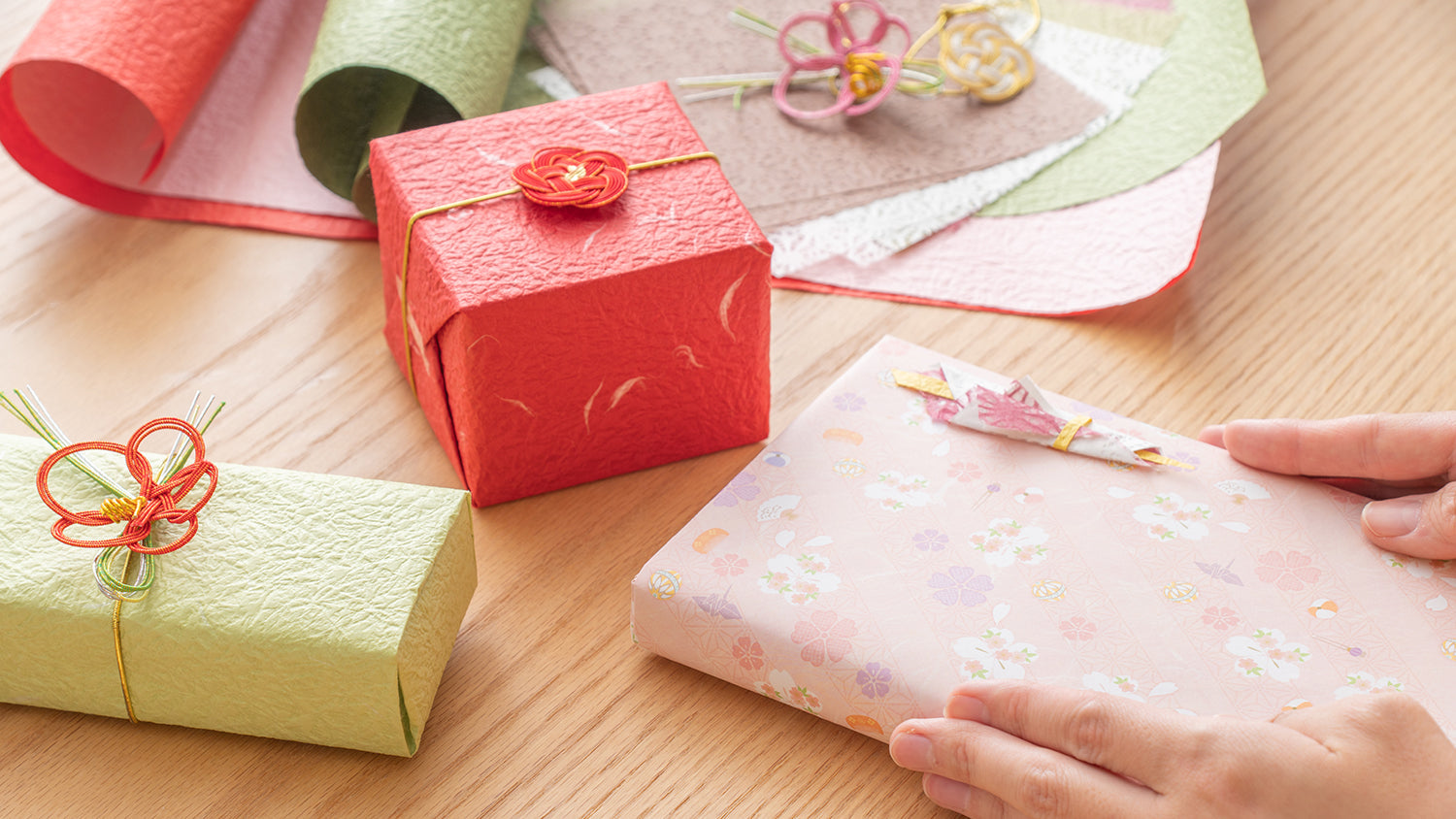

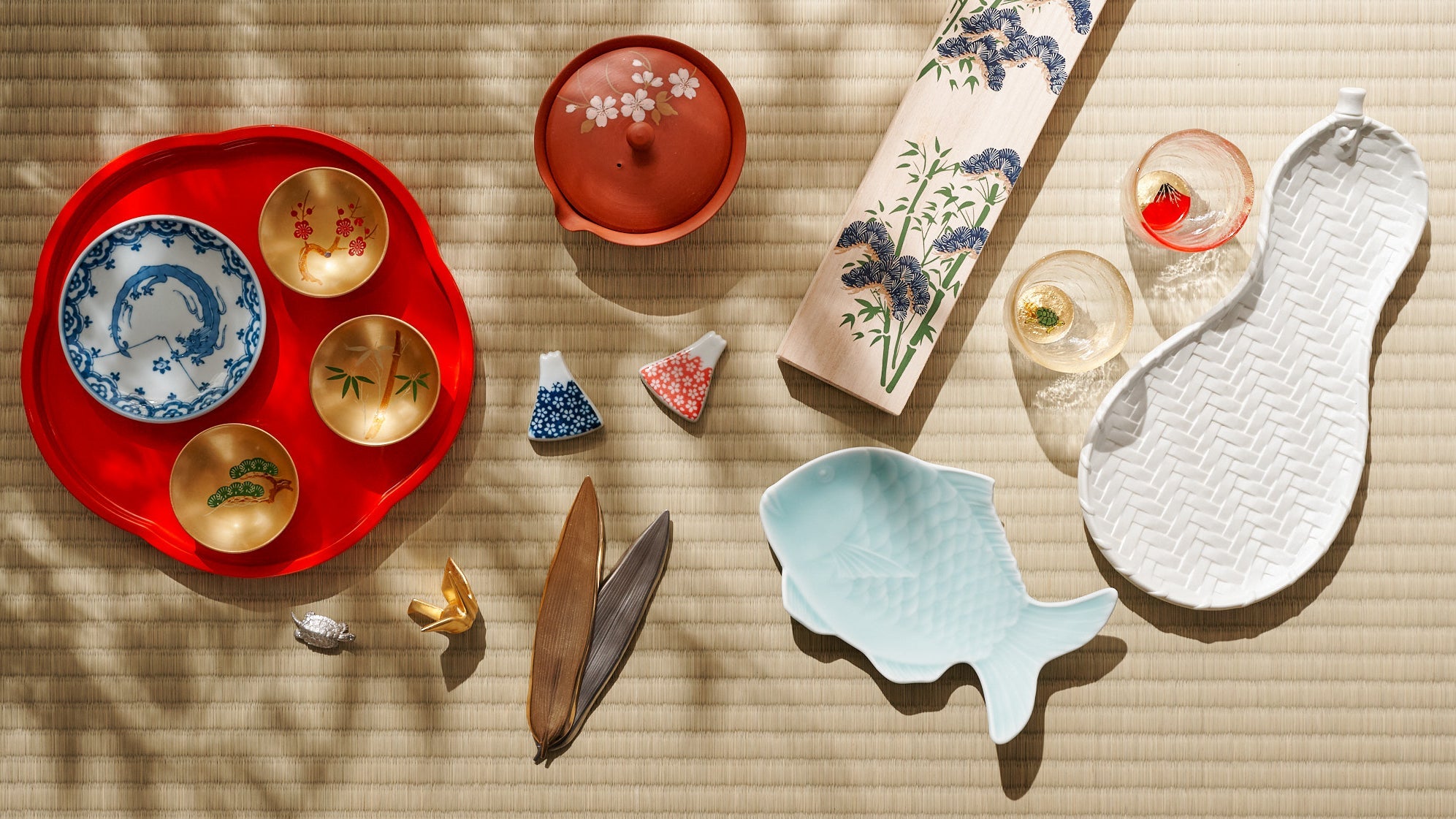
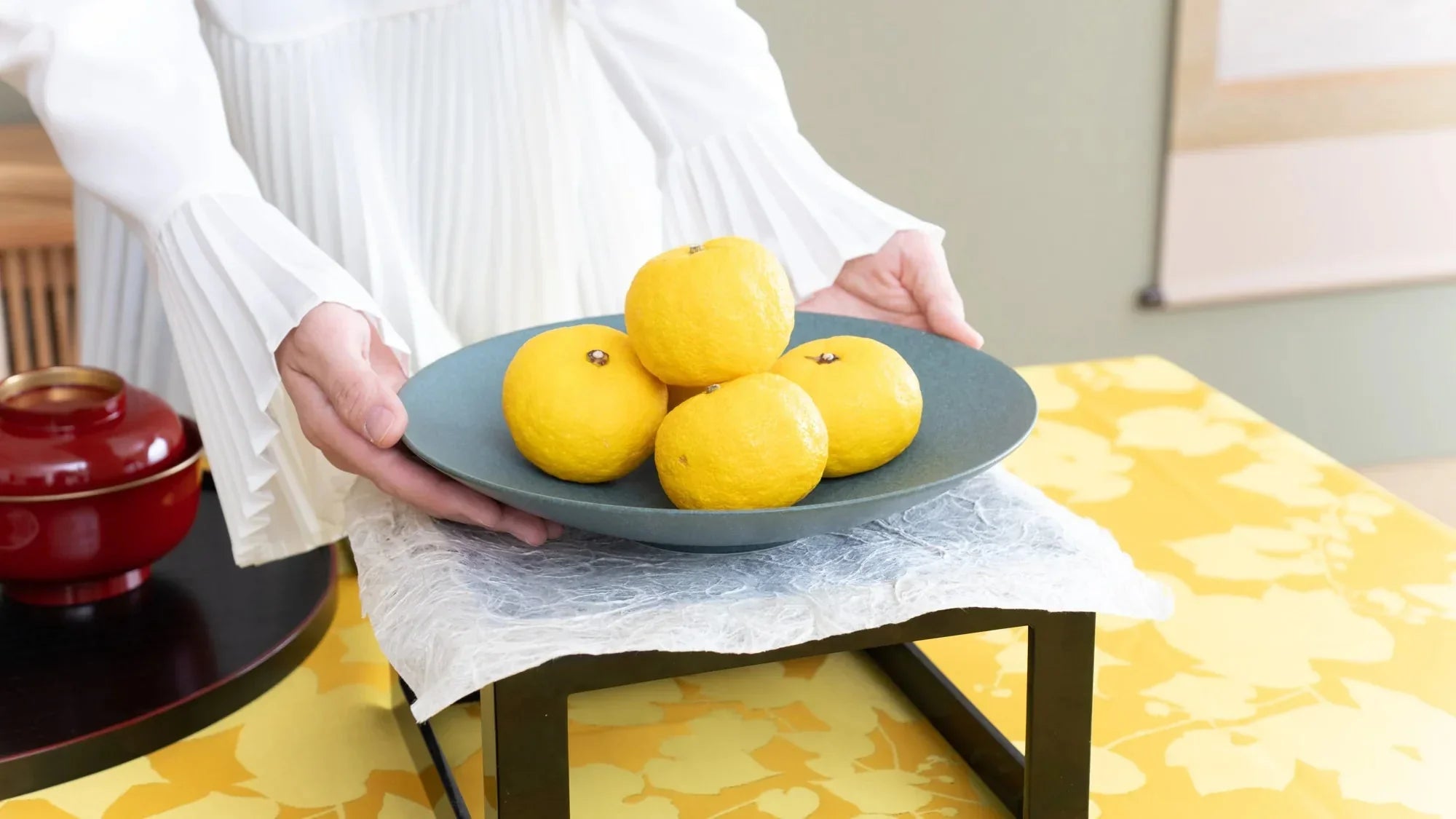
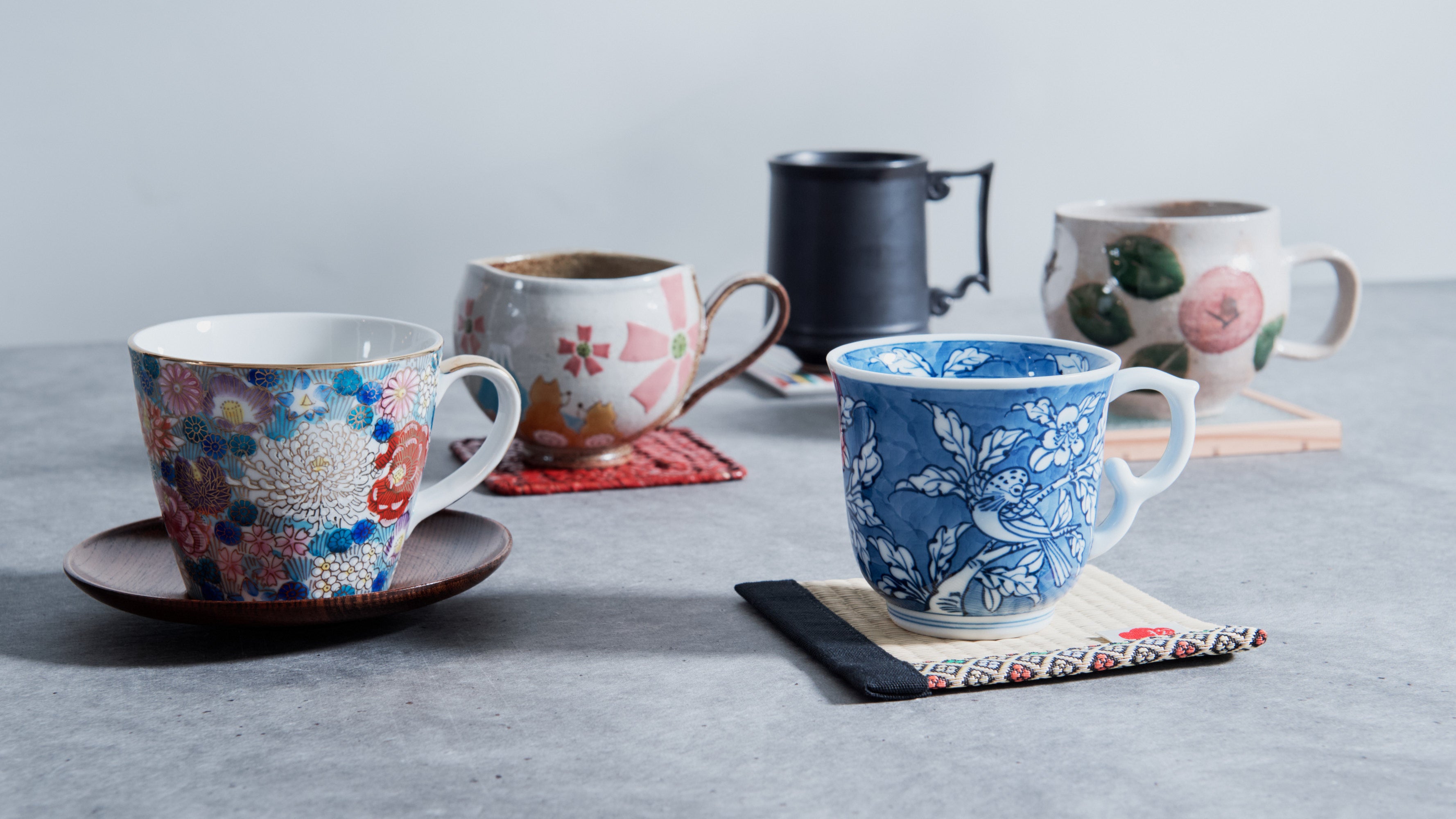
Leave a comment
This site is protected by hCaptcha and the hCaptcha Privacy Policy and Terms of Service apply.